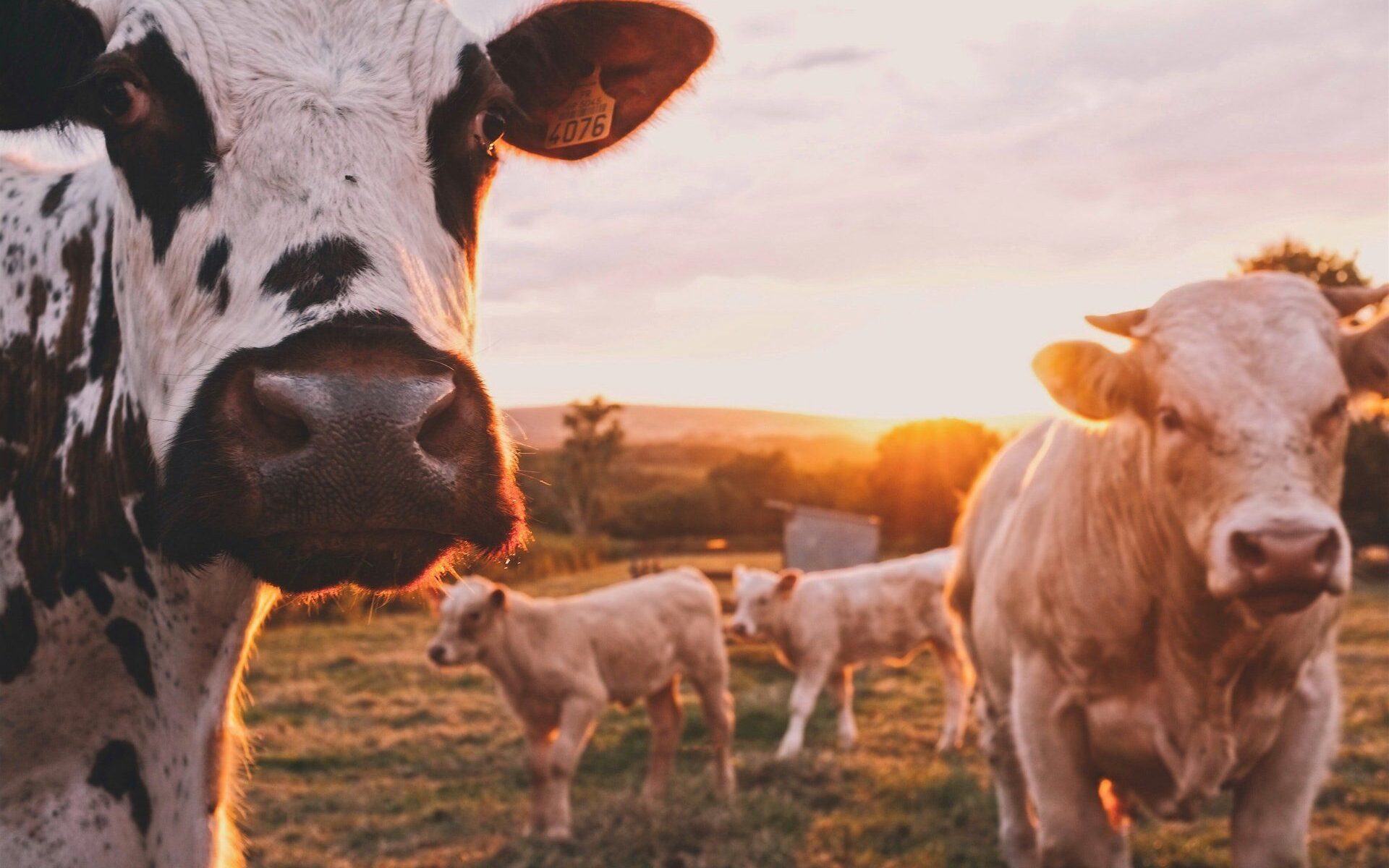EcoPerspectives Blog
The Origin of the Livestock Provision in the National Organic Program
By Alida Mooney
June 1, 2020
Walking up to Kiss the Cow farm is like strolling into a children’s book. Nestled into the foothills of Vermont’s Green Mountains, Kiss the Cow is home to nine milking cows, five heifers, and a hearty colony of chickens, turkeys, and ducks darting between the legs of the farmers and scuttling around. Kiss the Cow is five hundred acres of forest and pasture, all grown and maintained via sustainable means. The two owners of the farm are as devoted to being stewards of the land and community as they are to being farmers. They are dedicated to: “providing excellent food to our community”, to “improving and preserving the land that sustains us”, and “passing on this knowledge and experience to others who want to learn about this lifestyle.”
But the modern American dairy farm isn’t really a farm at allit is a factory. Food is a product, a commodity, an output, and a farmer is a manager, a cog in a machine, a woman on an assembly line. Small family farms with ten cowseach given a personalized name, milked individually, and allowed to roam pastureshave been replaced with airport hanger-like facilities filled with 30,000 cows. This trend towards larger farms run like a factory has caused many problems for small farms. With fewer resources, money, and staff, it’s hard to keep up with the larger farms. Additionally, the organic certification process which is the same for farms of all sizeshas caused many additional problems for the traditional farmer.
Congress passed the Organic Production Act of 1990 (OPA) after the growing popularity of organic foods created a need for a standardized definition and standards. Before The OPA, individual farms and third-party certifiers labeled food as organic with wildly different growing and feeding methods. The OPA delegated to the USDA the power to set the standards and certify organic foods. With this power, the USDA promulgated the National Organic Program ( NOP), which lays out the standards for all organic foods. Within the NOP, the Origin of Livestock rule (OOL) outlines which livestock was able to produce organically certified milk. The OOL lists the requirements for how long a cow must be on organic feed before it, and its milk can be considered on par with organic standards. This rule also lays out the requirements for an approved one-time transition of a non-organic herd to an organic herd. Large farms have routinely abused this exception and have turned it into a loophole allowing for continuously transitioning conventional-raised heifers to organic cows. This truly violates the spirit and text of the NOP.
A producer is eligible for this exception only when transitioning “an entire, distinct herd to organic production.” Once this distinct herd fully transitions to organicas per the instructions in the OOLthen “all other animals shall be under organic management from the last third of gestation.” While this exception was meant to be a discrete event, large farms and their organic certifiers have allowed a continuous transition to be counted as a one-time transition. This goes against the NOP and harms small sustainable family farms.
The USDA intended to standardize the organic label and promote turning conventional herds into organic herds with the OOL. However, industrial dairies abuse this rule to benefit themselves. In a time when agriculture should be going back to its roots, this exception only pushes it to be more industrial. The OOL is a step in the wrong direction and must be revised for the sake of consumers, farmers, and the environment.
The post The Origin of the Livestock Provision in the National Organic Program appeared first on Vermont Journal of Environmental Law.

